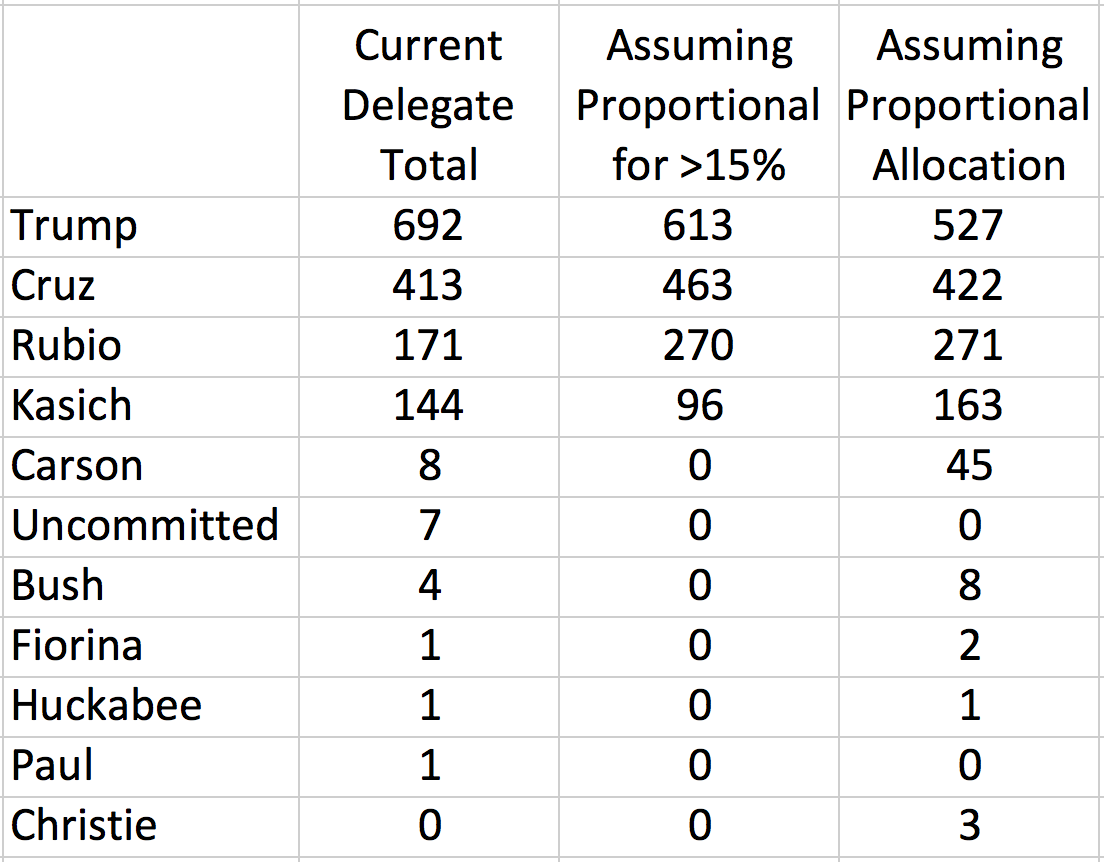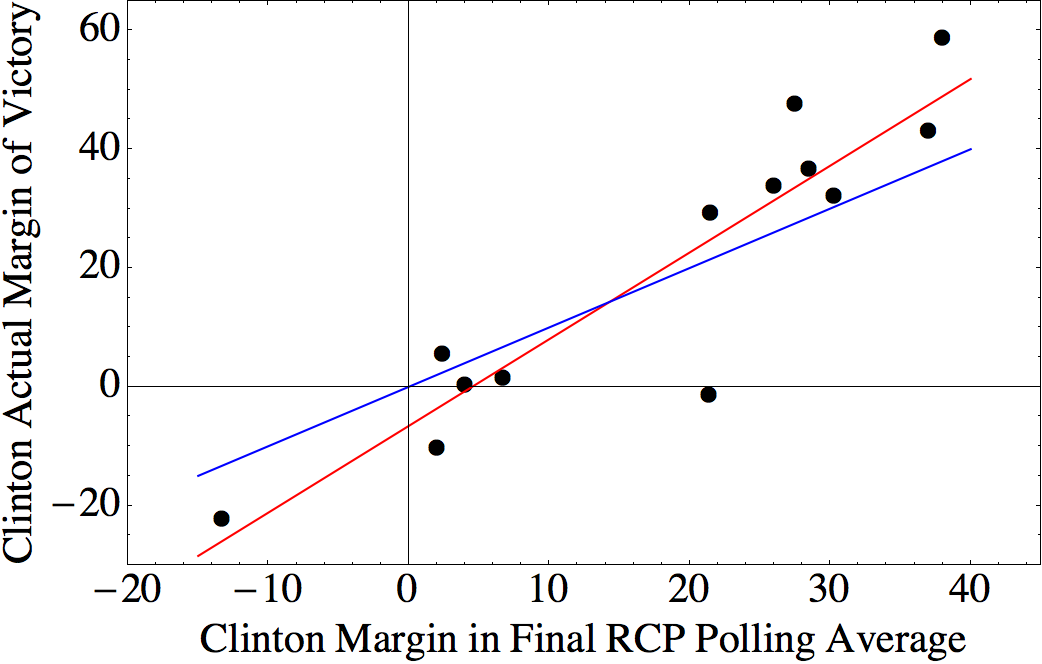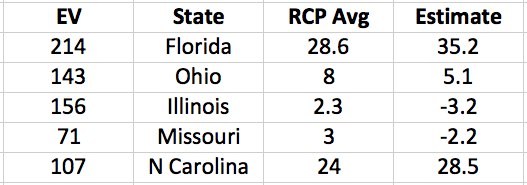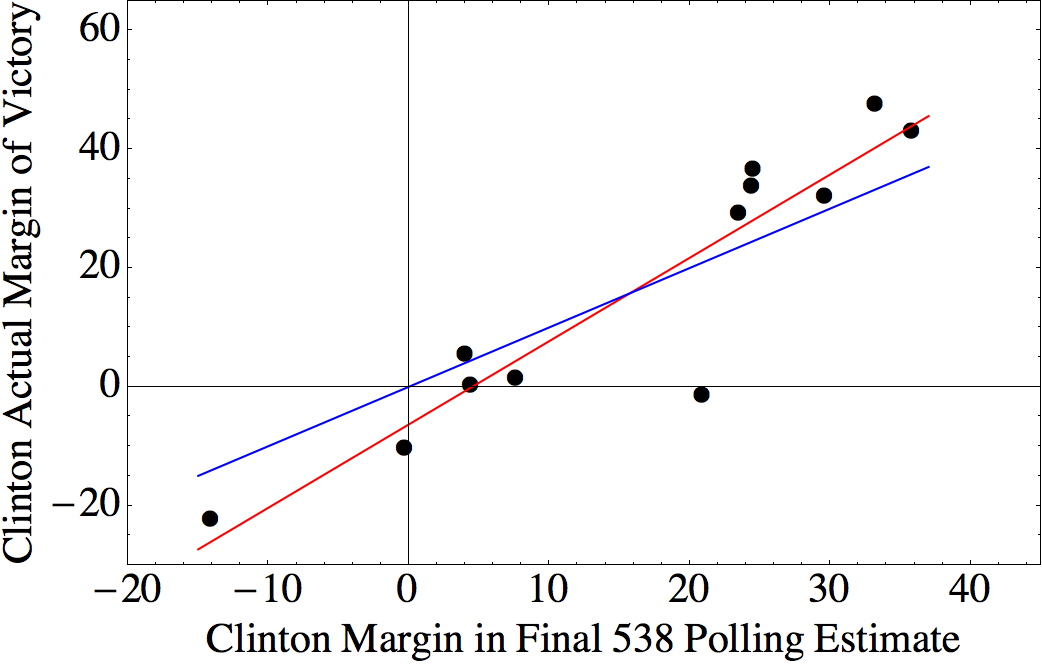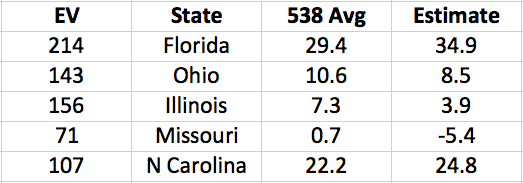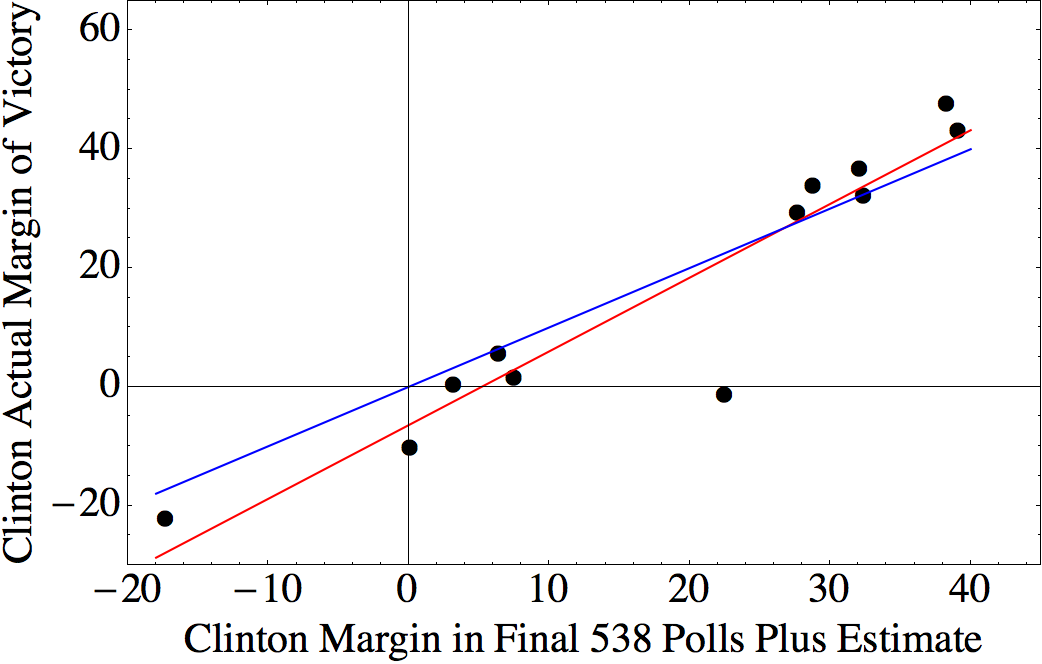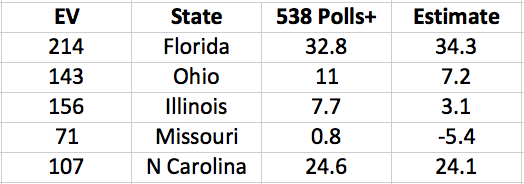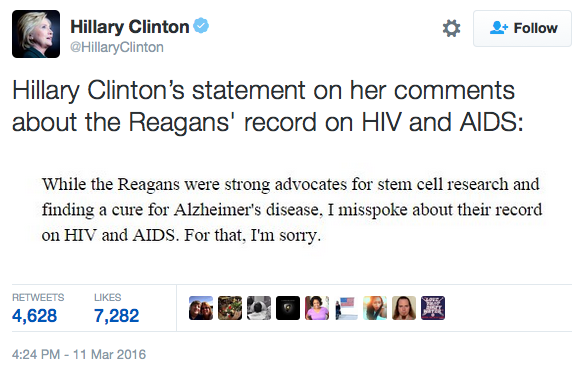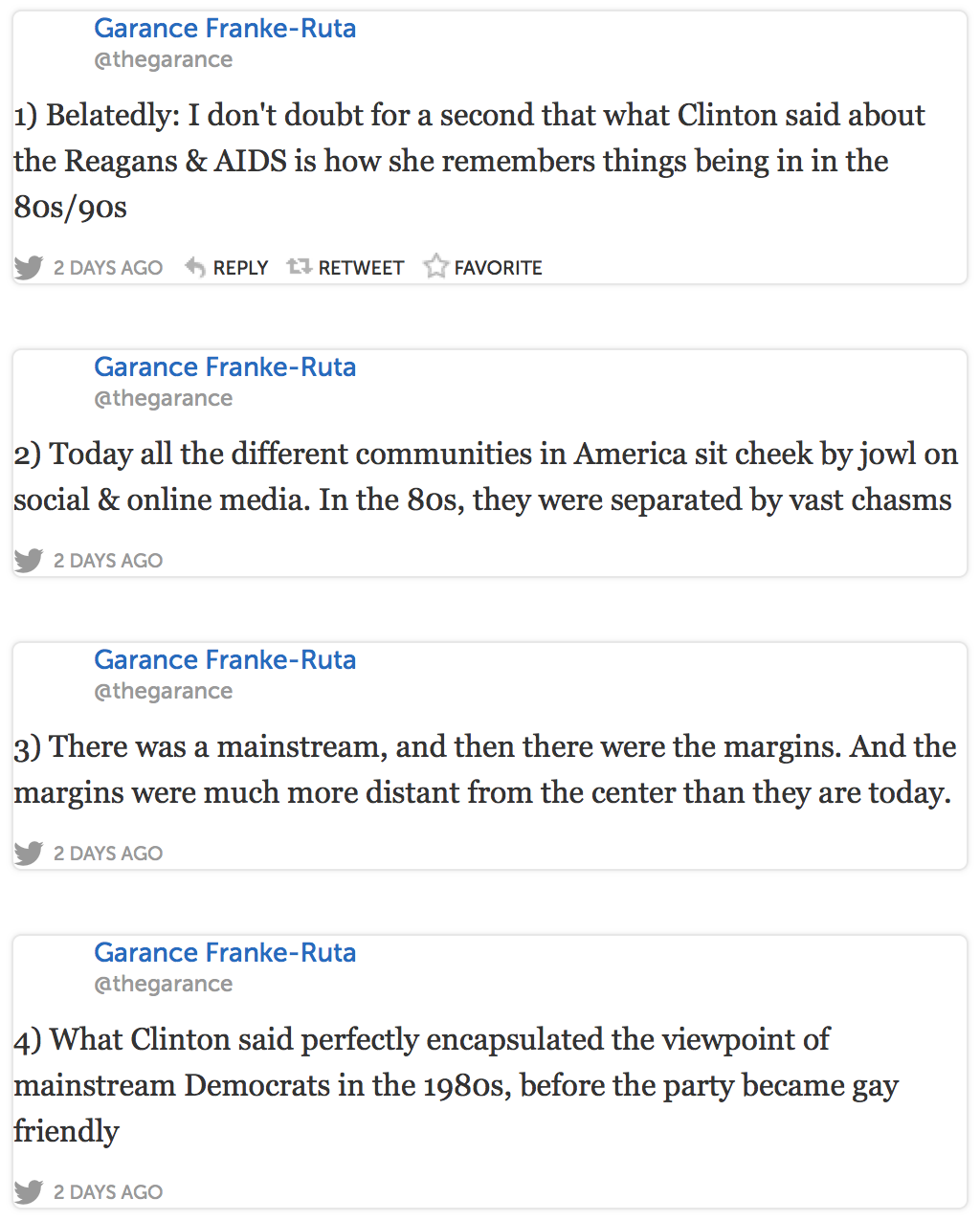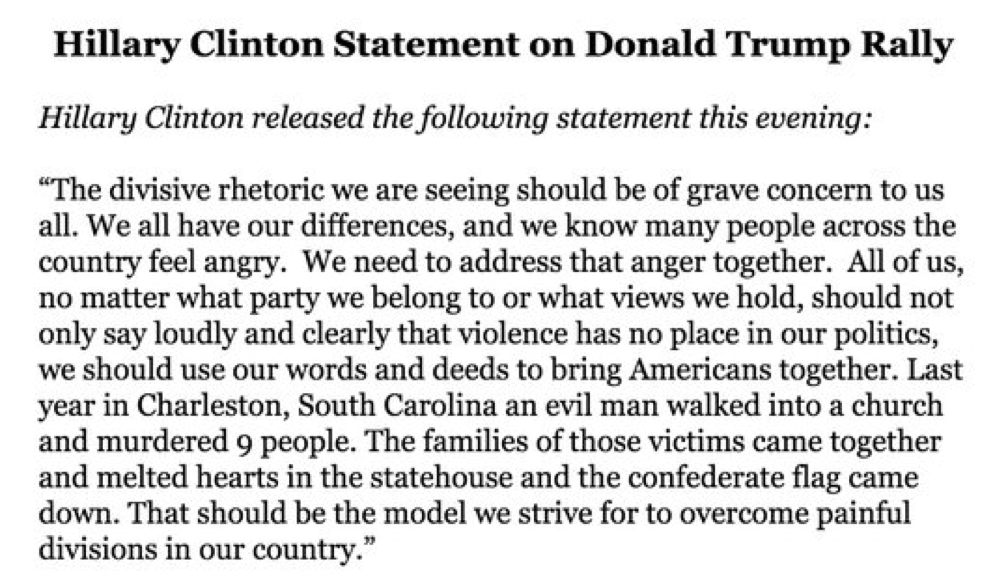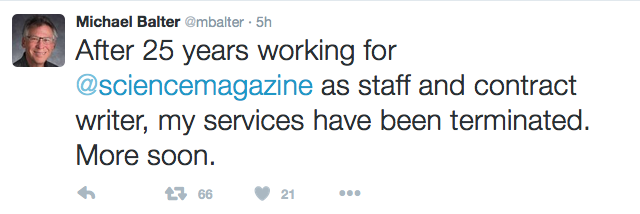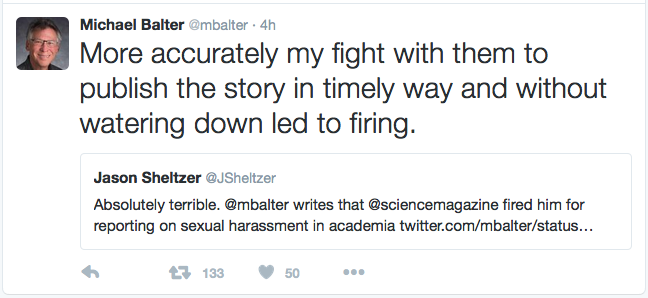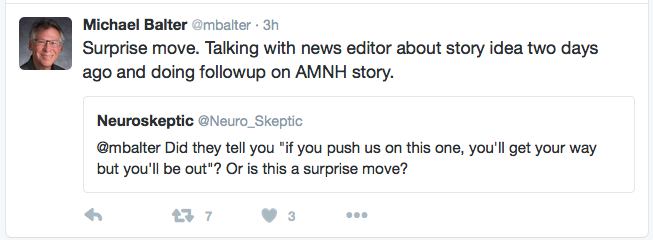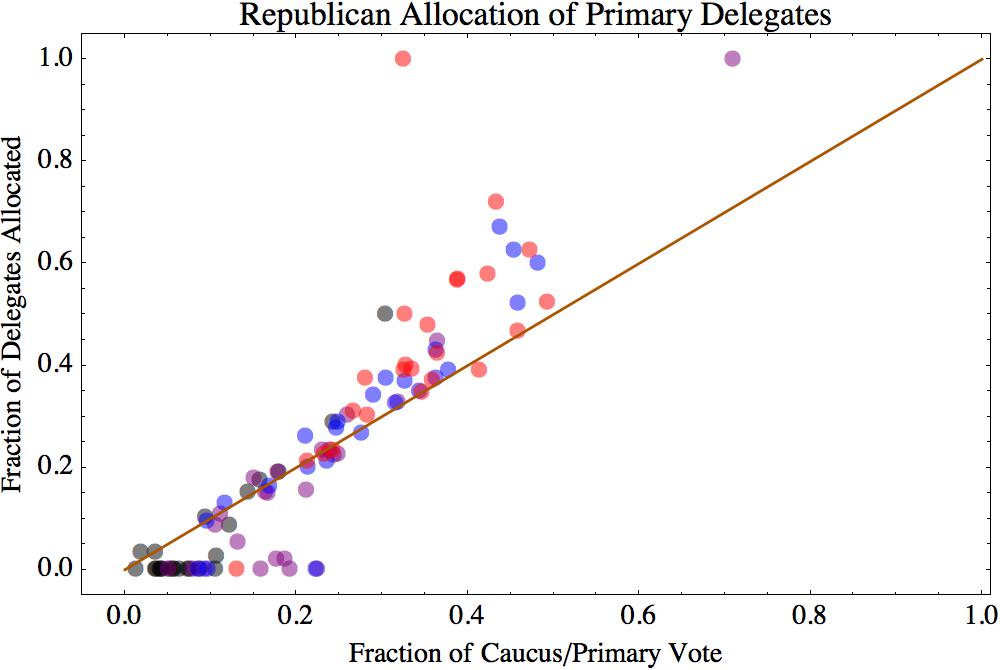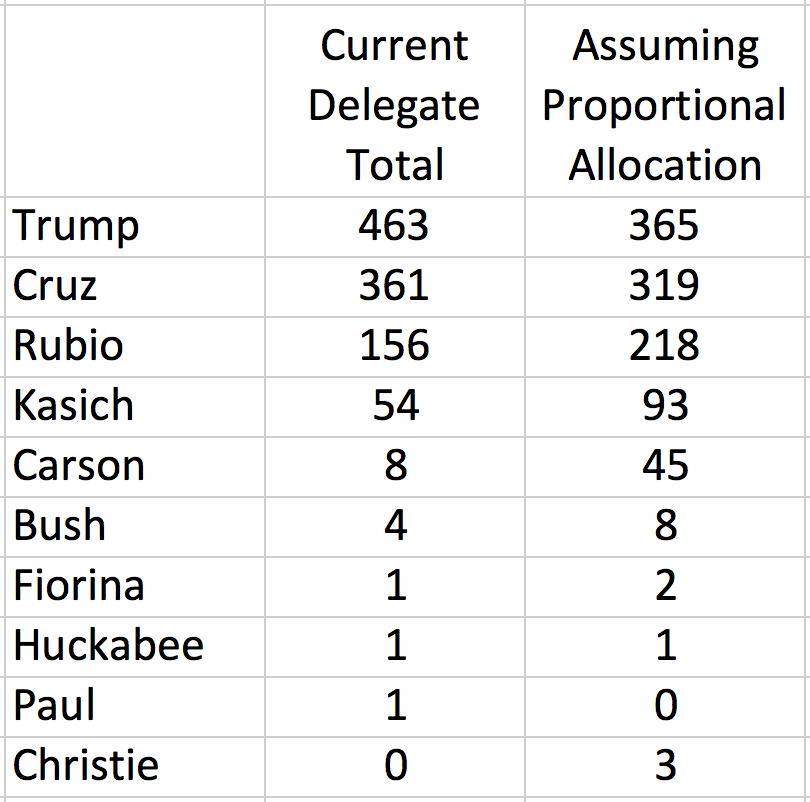That is, if you’re a Bernie supporter.
If you’re a Hillary supporter, you should vote for her. What you should NOT do is stay home because the nomination is a foregone conclusion (no matter which candidate you support). Nor should you vote for Clinton out of a sense that getting your vote in the primary will somehow help her in the general election.
After each primary where Clinton did well, there has been a rush to declare the primary over, naming her as the inevitable nominee. Partly this is driven by exaggerating her delegate lead by lumping together pledged and superdelegates. I’m not making the argument that the superdelegates are not legitimate; the process is what it is. But, I find it hard to imagine that, in a two-candidate race where neither of the candidates is a raging Trumpian psychopath, the bulk of the superdelegates would not throw their support behind the candidate with the most pledged delegates (see, e.g., 2008). But it is unsurprising that, following Clinton’s performance in Tuesday’s primaries, the Sanders campaign has once again been pronounced dead, with even President Obama seeming to get in on the act.
So, if you’re a Sanders supporter, is it still worth it to go out and vote for him? What if you prefer Sanders to Clinton, but very strongly prefer Clinton to either Trump or Cruz? Yes and yes, and it is worth encouraging everyone you know (Clinton and Sanders supporters alike) to go out and vote as well.
Here’s why:
1: The race is not actually over
It is true that, after Tuesday, Sanders faces an uphill battle in a way that is qualitatively different than before Tuesday. Delegate counts are not fully finalized from Tuesday, but it will be something close to 398 for Clinton and 293 for Sanders, bringing their totals to 1173 and 845, respectively (by my records). In order to come into the convention with more than half of the total pledged delegates, Sanders would have to win over 58% of the remaining delegates.
It is probably true that the remainder of the map favors Sanders, and that he tends to outperform the polls by a few percentage points in close contests. However, it is also true that he has been stuck about 10% behind Clinton in the national polls. So, with things continuing as they are, Sanders might well capture half of the remaining delegates. To overtake Clinton, he probably needs a ten-point swing nationally. And, if the swing does not start soon, it will need to be even bigger.
A ten-point swing is not likely, but neither is it impossible. And if it were to happen, it sure would be dumb if Sanders voters stayed home.
2: It’s a two-person race
In races with three or more candidates, it makes sense to think about your vote strategically. With only two, there is no reason to do anything other than vote for the candidate you prefer. If Clinton is on track to win, there is no mechanism through which voting for Sanders makes him into a Nader-esque spoiler, and Jim Webb gets the nomination.
3: It won’t actually hurt Clinton in the general
In fact, I think that having the primary continue to be actively contested over the next few months would actually benefit Clinton in the long run. If this were a particularly divisive primary, it might be different, but this year’s Democratic primary has actually been the most congenial presidential primary I’ve ever seen (excepting most of the ones involving a sitting President). Just think of this year’s debates. Both Clinton and Sanders get a little shouty at times, but 90% of the time they’re shouting agreement at each other.
You may have seen this graph from the New York Times. The main point was to show how much free airtime Trump has gotten by making himself entertaining and newsworthy. But the other thing to notice is just how the free media dwarfs bought media for all of the candidates. If the primary goes quiet, the news has much less reason to cover Clinton. An active primary means an ongoing national platform for the Democratic party and their policy positions.

4: There’s plenty of time to “unify”
Part of the argument is that, now that Clinton is likely to be the nominee, people need to start unifying around her. This is an anxiety that gets thrown around every primary, and (almost) every time, everybody comes together just fine in the few months leading up to the general election.
It is true that there are Sanders supporters out there who are feeling frustrated and disenfranchised at the moment, and some of them are claiming that they will stay home in November, or even vote for Trump. This is typically met with outrage from Clinton supporters claiming that the Sanders supporters have a moral obligation to back Clinton. Three things:
First, actually, no. The thing about democracy is, each of us gets to decide whom to vote for. We are each allowed to vote “against our own interests”, or in ways that don’t make sense to other people. There are some people who genuinely believe that the corruption of the system is so bad, and that Clinton is so bought in to the system, that they can not in good conscience support her. This is allowed.
Second, the vast majority of angry, disappointed Sanders supporters will probably wind up backing Clinton if she becomes the nominee, just as most of the Clinton supporters who said they would never vote for Obama in 2008 came around. Even among those who feel that Clinton is irredeemably corrupt, I suspect there are very few who would actually prefer a Trump presidency.
Third, people get that Sanders is a long shot. He always has been. If he does not win the nomination, his supporters are going to get over it. But the movement is fueled by people who feel that the political establishment does not listen to or represent them. Preemptive calls for Sanders to quit the race simply reinforce that feeling.
5: There are important down-ballot races
Presidential races are what bring people to the polls, but the elections for the House and Senate, and all the state and local level positions are just as important. For most aspects of daily life, they’re probably much more important. So go and vote in the primary, no matter what the delegate count is. But also spend some time to figure out which of the candidates in the other races on the ballot most closely reflect your values, and vote for them.
We’ve already seen two important results, in Chicago and Cleveland. In the Chicago primary, Cook County State’s Attorney Anita Alvarez lost to Kim Foxx as a result of her reluctance to prosecute Police Officer Jason Van Dyke for the shooting of Laquan McDonald. In Cleveland, the primary ousted Cuyahoga County prosecutor Tim McGinty after he failed to indict Timothy Loehmann for shooting Tamir Rice.
6: You can influence the platform
When Sanders started his campaign, no one (including, I think, him) thought he had a shot at the nomination. The hope was that he would be able to raise certain issues, and generally pull the conversation to the left, maybe leading to a more progressive party platform.
And, it has worked! Hillary Clinton has sounded a lot more progressive over the course of the primary. But I would be willing to place a fairly large bet that as soon as she is fully confident of her victory, she will begin the archetypally Clintonian process of triangulation. She will immediately start tacking back towards more conservative positions in anticipation of the general election. The longer Sanders supporters can keep the primary competitive, the more progressive of a candidate, and hopefully President, Clinton will be.
And that’s important not only for people pulling for a more progressive Democratic party, but for anyone who wants to see a Democrat elected President in the fall, because . . .
7: You can help to engage the base
The conventional wisdom used to be that a successful presidential candidate needs to pander to the base in the primary, and then pivot back to the center in the general election. However, as the electorate has become more polarized, and the two parties have become more ideologically homogeneous, things have changed. There are far fewer people now who decide on a case-by-case basis whether to vote for the Democrat or the Republican. Elections are won by the party that does a better job of inspiring their supporters to actually show up at the polls.
One of the remarkable things about the Sanders campaign has been its success with young people — a demographic that typically has very low voter turnout. The eventual nominee will need that group to show up in November, because while many Republicans are uncomfortable with Trump, his base is very, very motivated.
This is the thing that worries and frustrates me the most about the “inevitability” argument. A corollary of the argument that Clinton has already won is that if you’re in a state that has not held its primary yet, your vote does not matter. There were times during this campaign when it felt like “suppress turnout for Sanders through demoralization” was an explicit part of the Clinton campaign strategy.
There’s a sense in which most of our individual votes don’t matter, of course, in this or any other election. However, collectively, our votes matter a lot. And we only show up if we feel like our vote means something.
This is one of the really nice things about the proportional delegate allocation scheme in the Democratic primaries. Even if your candidate is sure to win (or sure to lose) your state, your vote is still important, because the margin of victory matters. (It would matter even more if the idiocracy of the political media quit reporting all primary results as if they were winner-take-all contests.)
And getting people to show up and vote in the primaries — even if they don’t vote for your preferred candidate — is important because . . .
8: Voting is a habit
The fact is, if you get registered and actually vote in the primary, you’re a lot more likely to show up at the polls in November, and in November two and four years from now. Even if we accept Clinton’s nomination as a foregone conclusion, the best possible thing would be for Sanders to continue to hold rallies and give speeches right up to the convention. Some of the first-time voters who get excited by him may lose interest if he does not win the nomination. But for many of them, enthusiasm for Sanders may be what gets them politically engaged. And that’s fantastic, no matter which candidate you support.
9: You’re sending a message
Sanders’s success so far has been so remarkable partly because his campaign violated several of the deeply ingrained tenets of received political wisdom, like that you have to be willing to cozy up to big-money individuals and groups to finance a campaign. The most surprising thing, though, was his success at running as an unabashed progressive, even embracing the word “Socialist”.
[As an aside, if you think that Sanders was always a non-starter in America because he is a “Socialist”, you either don’t understand his positions, or you don’t know what “Socialist” means. His positions are “Socialist” in the sense that he would probably be a center-right candidate in Scandinavia. He has been described as a “New-Deal Democrat”, although I would have said that he is actually maybe more like an Eisenhower-era Republican.
However, if you think that Sanders was always a non-starter in America because, after decades of right-wing propaganda and the systematic undermining of the public education system, most Americans have an ignorant and irrational fear of the word “Socialism”, you may be on to something. Although, his success among younger voters suggests that this is becoming a less and less valid argument.]
The message is that there are millions and millions of Americans who are desperately enthusiastic about ideas like universal health care, a more progressive tax code, aggressive Wall Street regulation, and free college (again, all mainstream ideas in most wealthy Western democracies). Who is the message for? I suspect it will not find much of an audience with politicians who are well entrenched the system. But hopefully it will inspire future candidates to champion these sorts of policies.
And this, to me, is the strongest argument for trying to send Sanders to the convention with as many delegates as possible. Even if he does not win the nomination, the larger his delegate count, the more it will embolden other Democrats to embrace the sorts of policy positions that he has built his campaign around.
And that is the path forward that leads to a future Bernie Sanders, one who does have the backing of the party establishment.
